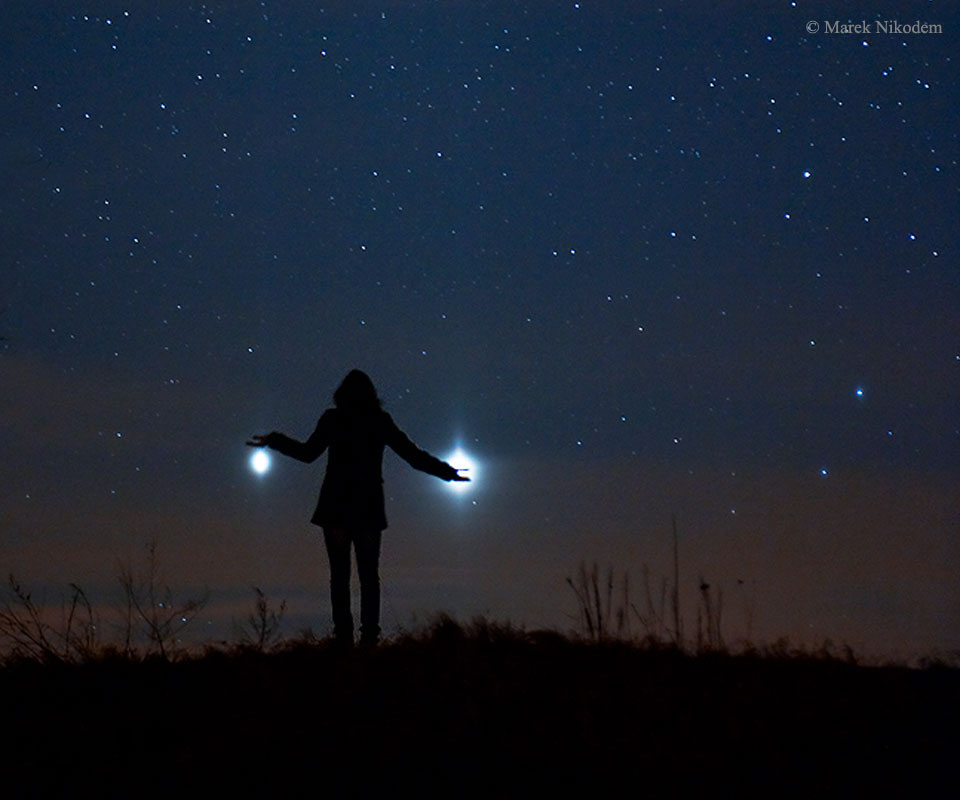从空间站拍摄到的飓风弗莱迪
Cyclone Freddy is pictured northeast of the island nation of Mauritius from the International Space Station as it orbited 267 miles above the Indian Ocean on Feb. 20, 2023. On the space station are two NASA-built weather instruments, the Compact Ocean Wind Vector Radiometer (COWVR) and the Temporal […]










